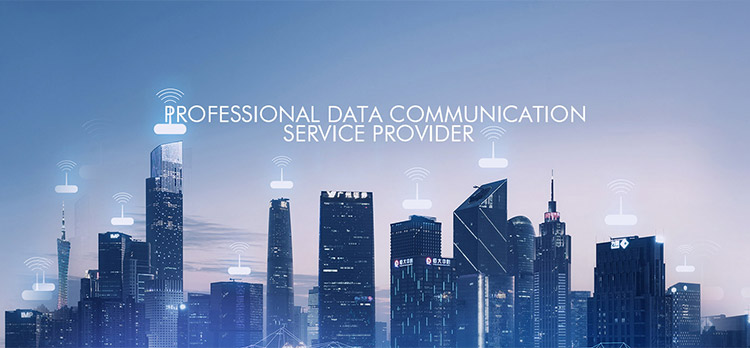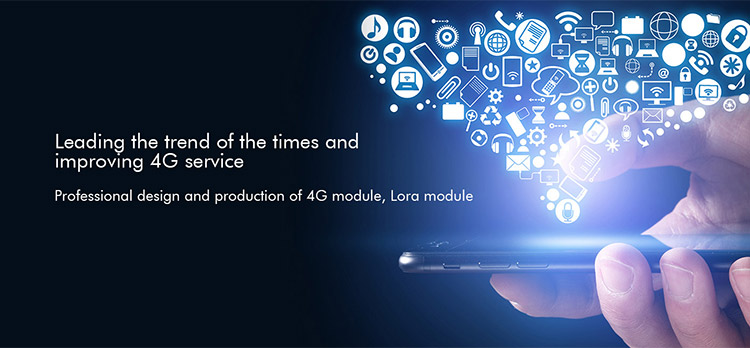PLATFORM OVERVIEW
With the development of the times, new technologies such as the Internet of Things and big data analysis have hit all enterprises with an irresistible trend.
The Internet of Things (IOT) refers to various devices and technologies that use various information sensors, radio frequency identification technologies, global positioning systems, infrared sensors, laser scanners, etc. to collect any real-time monitoring, connection, and interaction. Objects or processes, collect all kinds of required information such as sound, light, heat, electricity, mechanics, chemistry, biology, location, etc., and access through various possible networks to realize the ubiquitous connection of objects and objects, objects and people , To achieve intelligent perception, identification and management of items and processes. The Internet of Things is an information carrier based on the Internet and traditional telecommunications networks. It allows all common physical objects that can be independently addressed to form an interconnected network.
In the Internet of Things system, the development of corresponding software based on hardware is a key part of the Internet of Things application. Hardware without a software platform is as useless as a car without oil. Different solutions require not only high-quality hardware but also customized software according to the actual application.
Our company (Shenzhen Kingbird Network Technology CO.,LTD.) not only has been cultivating in hardware for many years, but the development of supporting IoT platform software is also fruitful. We have been officially recognized as a national high-tech enterprise for six consecutive years and have more than forty patents and software copyrights related to the Internet of Things. With the self-developed 4G, WIFI, Lora, NBIOT and other products, we can not only customize the terminal transmission software, but also develop mobile monitoring software, server-side transceiver storage software, and PC-side control analysis software according to customer actual needs. You can get a one-stop service from us to form a platform from hardware to software, without the need to waste a lot of manpower and time costs for the development of the Internet of Things platform.
An IoT platform consists of a lot of hardware and software. Click below for more detailed software information.
The four modules
Mobile development
-
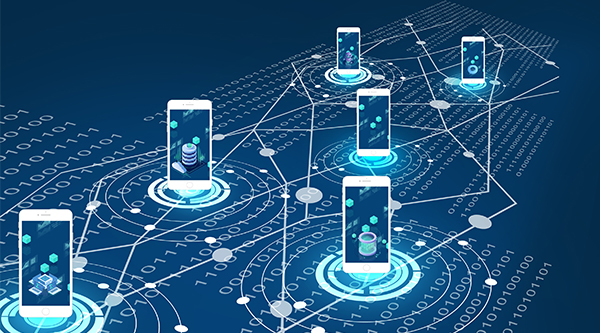
Mobile phone APP development
a. It is used to manage the Internet of Things devices, and can know the working status of the device anytime, anywhere, and control the device remotely.
b. The advantage is that the software development is more free, and the functions that can be realized are more than WeChat APP, but the promotion help is less.
c. According to different needs, customized development can be carried out.
d. Need to download and install.
-
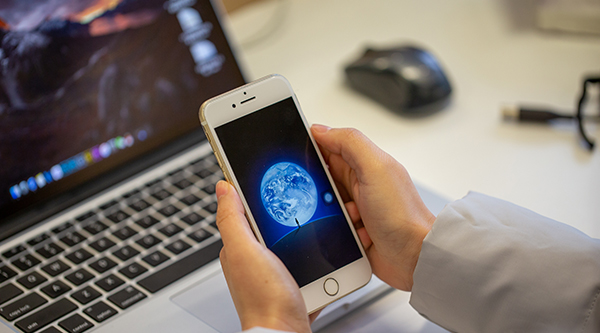
WeChat Mini Program Development
a. It is used to manage the Internet of Things devices, and can know the working status of the device anytime, anywhere, and control the device remotely.
b. The advantage is that it is backed by WeChat, a huge platform that can be promoted on WeChat. It can achieve more functions than the WeChat public account, but it does not have the functions of following and pushing articles.
c. According to different needs, customized development can be carried out.
d. No need to download and install.
-

WeChat public account development
a. It is used to manage the Internet of Things devices, and can know the working status of the device anytime, anywhere, and control the device remotely.
b. The advantage is that it is backed by WeChat, a huge platform that can rely on WeChat for promotion and can push articles to users who follow the official account.
c. According to different needs, customized development can be carried out.
d. No need to download and install.
PC development
-

Windows application development
a. Used to manage IoT devices;
b. After physical link (via serial port, USB, etc.), real-time monitoring of more detailed equipment working information;
c. Perform data analysis and report generation on the data collected by the hardware terminal to the server.
d. According to different needs, customized development can be carried out.
e. Need to download and install.
-

WEB application development
a. Used to manage IoT devices;
b. Perform data analysis and report generation on the data collected by the hardware terminal to the server.
c. According to different needs, customized development can be carried out.
d. No installation is required, as long as it is accessed through a browser.
Server-side development
-

Windows server software development
a. Receive the data transmitted from the Internet of Things terminal, perform decoding analysis, and then store the important data.
b. Monitor the working status of the Internet of Things terminal, if there is any abnormality, send information to the person in charge.
c. Record equipment working status and other information.
d. According to different needs, customized development can be carried out.
e. Through the server, you can ensure that the device is always under monitoring.
f. The operating system is copyrighted, and the operator only needs to be able to use windows to use it.
-

Linux server software development
a. Receive the data transmitted from the Internet of Things terminal, perform decoding analysis, and then store the important data.
b. Monitor the working status of the Internet of Things terminal, if there is any abnormality, send information to the person in charge.
c. Record equipment working status and other information.
d. According to different needs, customized development can be carried out.
e. Through the server, you can ensure that the device is always under monitoring.
f. The operating system is open, there is no need to worry about copyright issues, but the operator needs to master certain Linux use knowledge.
IoT hardware terminal
-
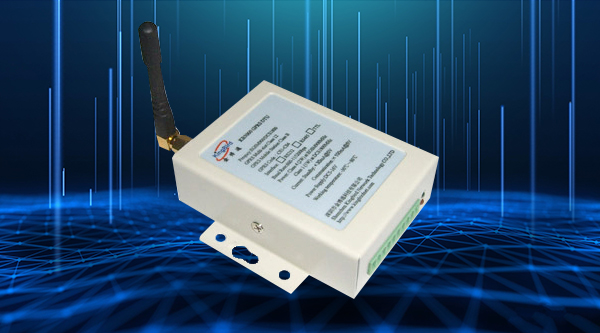
4G(GPRS) DTU
DTU (Data Transfer unit) is a wireless terminal device specially used to convert serial port data to IP data or convert IP data to serial port data for transmission via wireless communication network.
DTU advantages:
Quick and flexible networking, short construction period and low cost;
Wide network coverage;
Good security performance;
The link supports always-on, billing by flow rate, and low user usage cost;
-
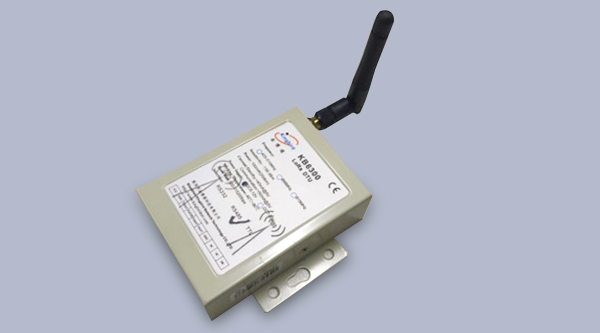
Lora DTU
LoRa is a wireless standard for low-power local area networks created by Semtech. Low power consumption is generally difficult to cover long distances. Generally, long-distance power consumption is high. It seems difficult to run if the horse does not eat grass. The name of LoRa is Long Range Radio. Its biggest feature is that it spreads farther than other wireless methods under the same power consumption conditions. It realizes the low power consumption and long-distance unity. It consumes 3-5 times longer distance than traditional wireless radio frequency communication.
Transmission distance: up to 2-5 Km in towns and 15 Km in suburbs.
Working frequency: ISM frequency band includes 433, 868, 915 MH, etc.
Standard: IEEE 802.15.4g.
Modulation method: Based on spread spectrum technology, a variant of linear modulation spread spectrum (CSS), with forward error correction (FEC) capability, semtech's proprietary patented technology.
Capacity: A LoRa gateway can connect thousands of LoRa nodes.
Battery life: up to 10 years.
Security: AES128 encryption.
Transmission rate: Hundreds to tens of Kbps, the lower the rate, the longer the transmission distance. This is much like a person picking things. If they pick more, they will not go too far.
-
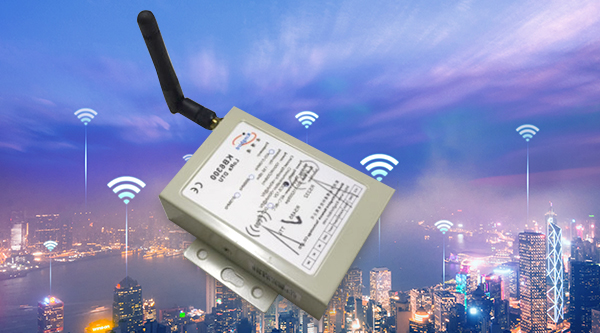
WiFi DTU
Wi-Fi is a trademark of the Wi-Fi Alliance manufacturer as a brand certification for the product. It is a wireless local area network technology created in the IEEE 802.11 standard.
Using wifi DTU, the data of the terminal can be transmitted to the cloud server via WiFi via the Internet. The advantages are:
a. Support AP and Station coexistence mode;
b. Support simultaneous local area network and Internet communication;
c. The two working modes of network communication application Server and Client coexist at the same time;
d. Complete PC configuration tools and mobile APP configuration tools;
e. Parameter configuration supports both LAN configuration and Internet remote configuration;
f. When used in the local area network, the IP address of the WiFi module can be obtained by broadcasting a search command;
g. Equipped with internet communication platform (cloud data server).
-

NBIOT module
NB-IoT has four characteristics:
One is wide coverage, which will provide improved indoor coverage. In the same frequency band, NB-IoT has a gain of 20dB compared to the existing network, which is equivalent to improving the coverage area by 100 times
The second is the ability to support connections. One sector of NB-IoT can support 100,000 connections, supporting low latency sensitivity, ultra-low device cost, low device power consumption, and optimized network architecture;
The third is lower power consumption, the standby time of the NB-IoT terminal module can be as long as 10 years;
The fourth is lower module costs, and the company expects a single continuous module to not exceed $ 5.

